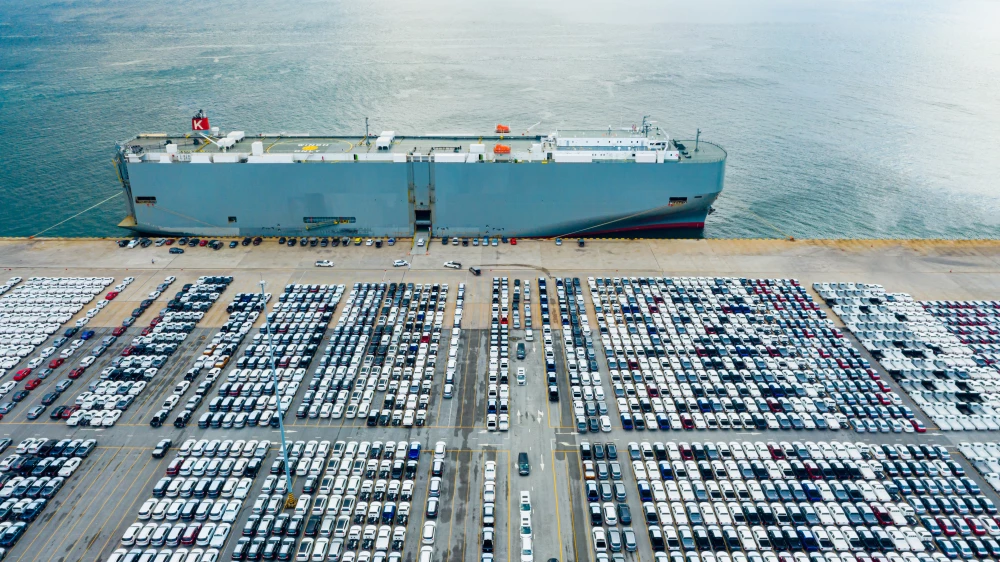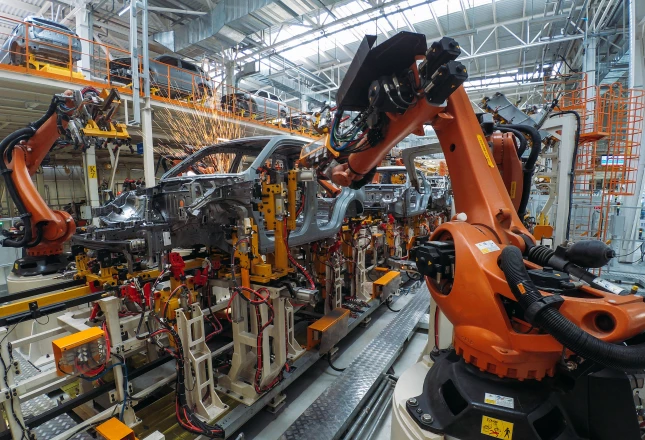May 29 / 2025
May 29 / 2025
The Impact of Tariffs on Used Car Prices: Understanding the Ripple Effects

The Impact of Tariffs on Used Car Prices: Understanding the Ripple Effects
In recent years, tariffs have become a hot topic in economic discussions, especially as countries navigate trade relationships and protect local industries. While most debates center around their impact on imported goods and new car sales, the effects of tariffs extend far beyond new vehicles. In this post, we will explore how tariffs influence the prices of used cars, shedding light on a topic that often flies under the radar.
### What Are Tariffs?
Tariffs are taxes imposed by a government on imported goods. They are used to protect domestic industries from foreign competition by making imported goods more expensive. The rationale behind tariffs is straightforward: when imports are taxed, local consumers are more likely to buy domestically produced goods, which can help stimulate the local economy.
### The Direct Impact on New Cars
When tariffs are levied on imported vehicles, the immediate effect is often seen in the prices of new cars. For instance, if a country imposes a tariff on vehicles imported from another country, the cost of those vehicles increases. Automakers may pass these costs onto consumers, leading to higher prices for new cars. This is particularly relevant for the U.S., where many vehicles are imported from countries like Mexico, Canada, and various Asian nations.
### The Ripple Effect on Used Cars
While the direct impact of tariffs is on new cars, the effects can trickle down to the used car market in several ways:
1. **Increased New Car Prices**: As new car prices rise due to tariffs, consumers may opt to hold onto their current vehicles longer instead of upgrading to a new model. This can lead to a decrease in the supply of used cars available for sale, potentially driving up prices for used vehicles.
2. **Shifts in Consumer Preferences**: Higher prices for new cars can shift demand toward used cars. When consumers feel that new vehicles are out of reach, they may turn to the used car market for more affordable options. This increase in demand can lead to higher prices for used cars as more buyers compete for a limited supply.
3. **Economic Uncertainty**: Tariffs can create broader economic uncertainty, impacting consumer confidence. When consumers are uncertain about their financial future, they may delay purchasing decisions. This can lead to fluctuations in the used car market, where prices may drop due to decreased demand during uncertain times, but spike again as confidence returns.
4. **Impact on Trade-in Values**: If consumers are less likely to purchase new cars, dealerships may see a decrease in trade-ins. This can reduce the inventory of used cars they have available to sell, further tightening the market and driving up prices.
5. **Changes in Vehicle Availability**: Tariffs can also affect the types of vehicles available on the market. If certain models become more expensive due to tariffs, consumers may seek out alternative brands or models, altering the dynamics of supply and demand in the used car market.
### Conclusion
The effects of tariffs on the prices of used cars illustrate the interconnectedness of the economy. While the focus may often be on new cars and the immediate impacts of trade policies, used cars are not immune to these shifts. Increased prices for new vehicles, changes in consumer behavior, and fluctuations in market dynamics all contribute to the pricing landscape of used cars.
As consumers, it’s essential to stay informed about how broader economic policies can influence our buying decisions, and for those in the automotive industry, understanding these trends can be crucial for navigating the ever-changing market. Whether you’re looking to buy or sell, being aware of these factors can help you make better-informed decisions in a complex landscape shaped by tariffs and trade policies.

